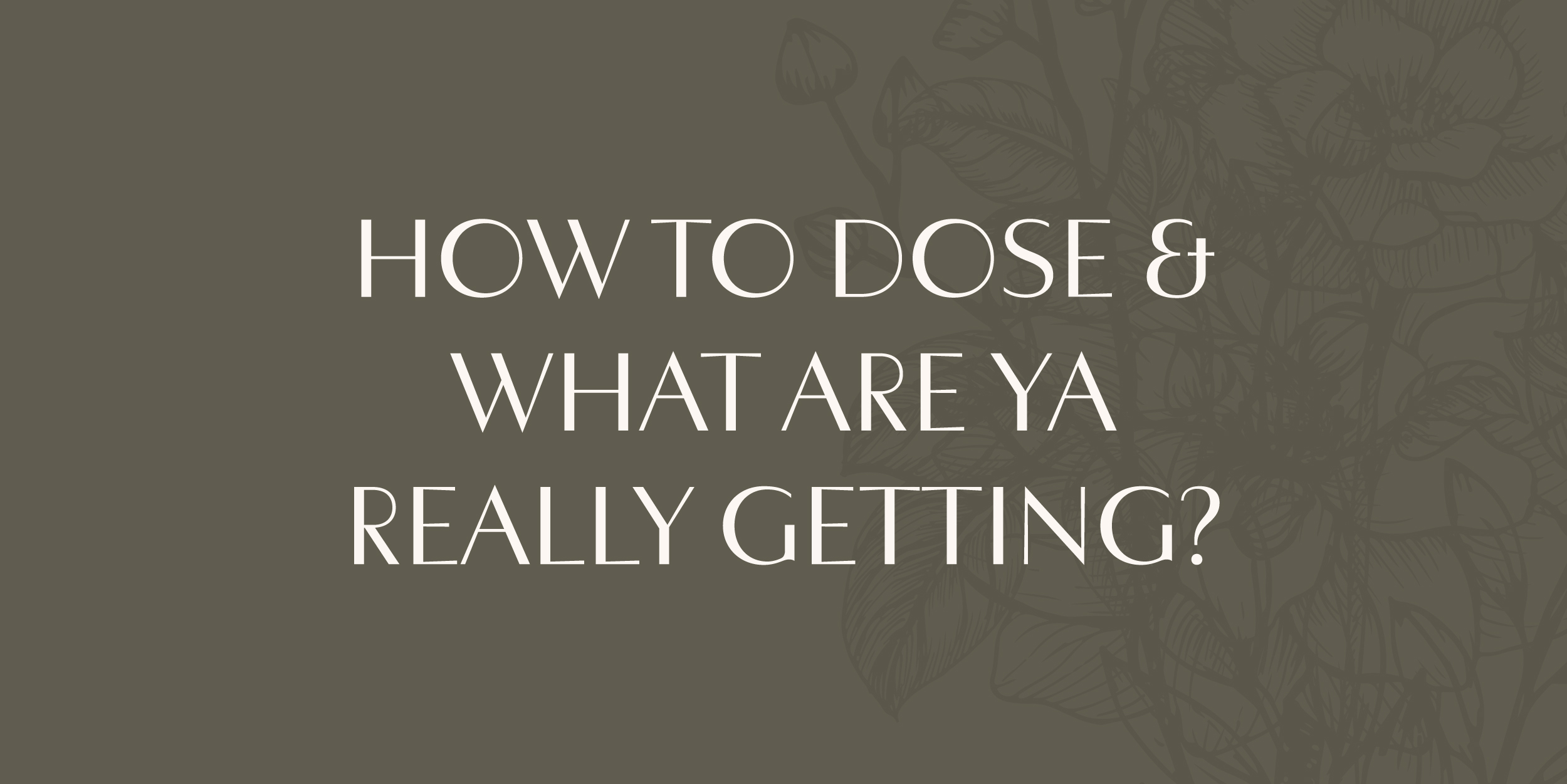Believe me, I know when you’re taking the journey of understanding CBD and how it works - is confusing. If you don’t have neurology or biochemistry degrees, even understanding the basics like your endocannabinoid system, it’s vast network and CB1/CB2 receptors can make you dizzy.
Here’s the truth. Cannabis and CBD is a chemical.
In fact, everything in our universe is built of energy and chemicals - and these chemicals interact with your body’s own chemicals.
So you know the difference between the chemical compounds of THC and CBD:
THC binds most notably to receptors in your brain, altering perception, and CBD doesn’t bind to receptors but alters the communication by activating enzymes and receptors; notably CB2 receptors which are found all over the body regulating everything from mood, skin to menopause to fertility.
At the end of the day, choosing a product with high bioavailability is key. The second is that the “hemp” is activated - reading “Cannabidiol or Diols, Full Spectrum, Broad Spectrum.”
Dose refers to how much CBD, CBG, THC, CBN, etc. is in your product and bioavailability refers to how much of that dose actually gets into your body to be considered “active.” Today, we’re breaking down dosing and important definitions to understand.
Bioavailability: when speaking of supplements (hemp falls into this category), bioavailability is the quantity or fraction of the ingested dose that’s absorbed into your body to be considered active.
Two things impact bioavailability:
The application and how your ingest: topical, smoked, oral, edible, or pill are a few common ways to get CBD into your body.
The form of supplement: full spectrum, broad spectrum, isolate and whether these ingredients are “nano.”
A note on nano: Evoq’s Clean Calm and Connected Collection of Nano products whether topically or internally, avoid harsh emulsifications, surfactants, and fillers for two reasons: Some science shows that emulsifications (reclump) in the body; and have harsh driving agents in them defeating the purpose.
Based on the research - let’s look at bioavailability.
While the studies we have don’t outline the rate of absorption (% of bioavailability), look for a product that has transdermal technology or transdermal ingredients to make sure it penetrates the skin. What we do know is that topicals don’t get digested (aka first pass metabolism) meaning it’s stronger and more localized relief.
Vaping and smoking appear to have some of the highest bioavailability at between 34-56%. While smoking something like CBD may not have the localized effect you’ll want if you have joint pain, smoking is a good way to get CBD into your system.
Humans are made of water. Most CBD tinctures are made of oil. Your body is hydrophilic and CBD tinctures are the opposite (hydrophobic - oil and water - remember chemistry class). This doesn’t mean nothing will absorb; of all the “oral” methods, this is one of the better ways to absorb CBD. Another repeat here, but how is the product made, what surrounds it to help it drive further to the blood brain barrier for efficiency and absorbance. So, when the bottle says hold under your tongue for 30 seconds, you might want to overachieve and hold for 60 seconds.
Who doesn’t like a good chocolate CBD edible? Unfortunately, the oral bioavailability of CBD in edibles is low due to something called “first pass metabolism.” If you want something that “hits,” you’re going to need to down a lot of edibles. With food products, you’re looking at anywhere from 6-20% bioavailability with pills being more towards the 6% end.
Now that you’ve mastered bioavailability by product type, let’s talk about the different versions of supplements you find in the CBD world:
Full spectrum means you maintain all ingredients found in the hemp flower. This means that full spectrum products have .3% or less THC because it doesn’t strip anything out.
For potency consistency and reduction of “bell curves” (consistent results), some may choose to formulate with CBD extracted alone, which would be called isolate.
Broad Spectrum is when only the THC is removed but all other ingredients and cannabinoids are maintained. The best way to think of full spectrum and isolate is an orange versus a vitamin C pill, with broad spectrum acting more like a full spectrum product.
BAM! You’re now a PRO!
WAIT! At this point, you’re probably wondering “but how much should I take?”
Through my own experience coaching clients and broad data, it all comes back to testing and good to start at 20mg (and bill upwards to 100mg a day), and journal how you feel.
CBD a pharmacological drug. It’s a plant. Use it daily with consistency and be honest about how you feel and if you have serious concerns about your health, please - please go see a doctor.
Thanks for following along, Awakened Beauty!
Love n’ Light - Kassandra (Leave me a comment, what have you found to work best for you? I’m curious!)
Resource: ChillHouse







